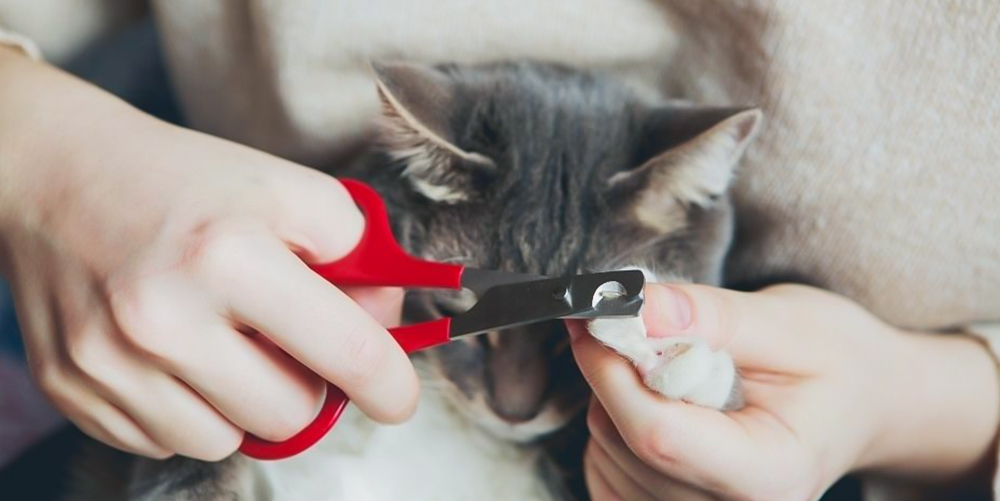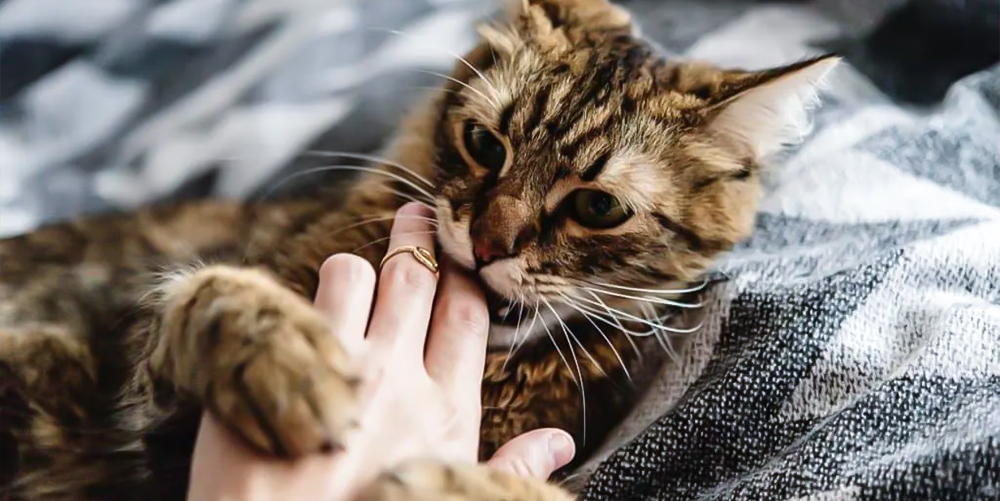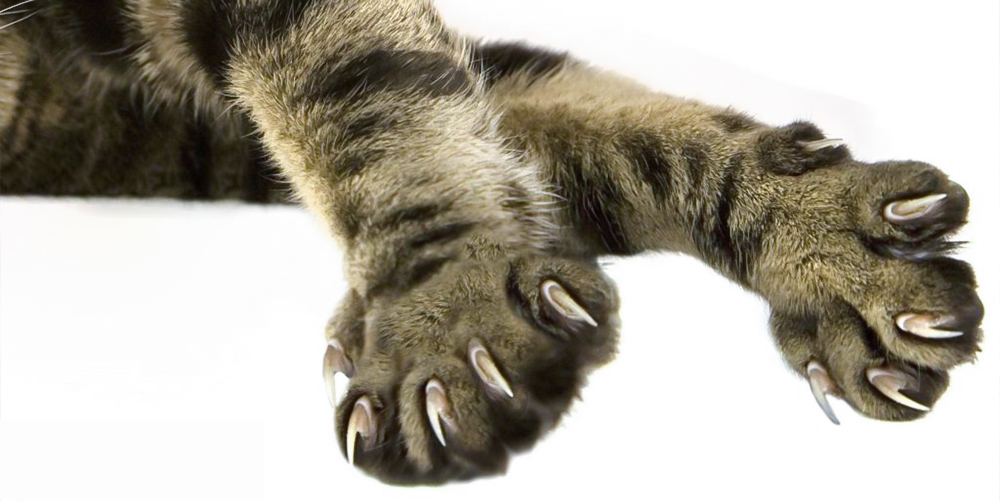If you are a cat owner, you know how adorable and lovable these furry creatures can be. We all want to touch and pet them, but their sharp claws can sometimes get in the way. Even as owners, we may hesitate to touch our cats when their claws are out. That’s why many people have considered trimming their cat’s nails. But is it safe? What is the correct way to trim a cat’s nails? And what should you prepare before doing so? Let PETPRO help you answer all of these questions.

Why Do People Often Trim Their Cat’s Nails?
- To avoid scratches and injuries
When we think of cats, we often think of their sharp claws. Some people have even been scratched by cats and are now afraid to own one. While the scratches may not be deep, they can still cause pain and discomfort. Moreover, a cat’s claws can also harm children. Even though cats don’t do it on purpose, it’s not a good idea to let a kitten with sharp claws play with a child. However, not owning a cat because of this is a shame. After all, these mini tigers are incredibly cute and useful. That’s why many cat owners start looking for ways to trim their cat’s nails.
- To prevent clothes and documents from being torn
During their active phase, kittens tend to climb and scratch everything around them. This usually starts when they are about one month old. They begin to explore the world with their tiny teeth and small, sharp claws. As a result, your clothes, furniture, and important documents may become victims of their curiosity.
The Pros and Cons of Trimming Your Cat’s Nails

Reducing the risk of disease for you
Trimming your cat’s nails can reduce the risk of diseases that can be transmitted from cats to humans. These diseases include cat scratch fever, which is caused by bacteria in a cat’s mouth and claws. If you have a weakened immune system, this disease can cause serious complications. By trimming your cat’s nails, you can reduce the risk of getting scratched and infected.
Protecting young children
As mentioned earlier, a kitten’s sharp claws can harm young children. Children are naturally curious and may not understand that playing with a kitten’s claws can be dangerous. Trimming your cat’s nails can prevent any accidents from happening and protect your child from potential injuries.
You could get scratched while trimming
Trimming your cat’s nails may seem like a simple task, but it can actually be quite challenging. Cats are known for their agility and quick reflexes, so they may resist having their nails trimmed. This can result in scratches for both you and your cat. It’s important to be careful and patient when trimming your cat’s nails to avoid any accidents.
You could accidentally hurt your cat
If you’re not experienced in trimming cat’s nails, there is a chance that you could accidentally hurt your cat. Cutting too close to the quick (the pink part of the nail that contains nerves and blood vessels) can cause pain and bleeding. This can also make your cat fearful of having their nails trimmed in the future. That’s why it’s important to learn the proper technique before attempting to trim your cat’s nails.
Steps to Trim Your Cat’s Nails

Trimming your cat’s nails may seem daunting, but with the right approach, it can be a quick and easy process. Here are the steps you should follow:
Step 1: Build trust with your kitten
Before attempting to trim your cat’s nails, it’s important to build trust with them. Spend some time bonding with your kitten and getting them used to being touched on their paws. This will make them more comfortable when it’s time to trim their nails.
Step 2: Examine your kitten’s paws
Before trimming, take a look at your kitten’s paws and get familiar with the structure of their nails. This will help you identify the quick and avoid cutting too close to it. It’s also a good idea to gently massage their paws to relax them before starting.
Step 3: Use specialized nail clippers to trim your cat’s nails
It’s important to use nail clippers specifically designed for cats. These clippers have a curved blade that is perfect for trimming a cat’s curved nails. Hold your cat’s paw firmly but gently, and carefully clip off the sharp tip of each nail. Make sure to avoid the quick, which can be seen as a pinkish area in light-colored nails.
Step 4: File down any rough edges
After trimming, you may notice some rough edges on your cat’s nails. You can use a nail file or a scratching post to smooth out these edges. This will prevent your cat from scratching themselves or others accidentally.
Conclusion
Trimming your cat’s nails can be beneficial for both you and your furry friend. It can reduce the risk of diseases, protect young children, and prevent damage to your belongings. However, it’s important to approach this task with caution and patience. By following the steps outlined above, you can safely and effectively trim your cat’s nails. Remember to always use specialized nail clippers and avoid cutting the quick. With practice, you and your cat will become more comfortable with the process, making it a stress-free experience for both of you.